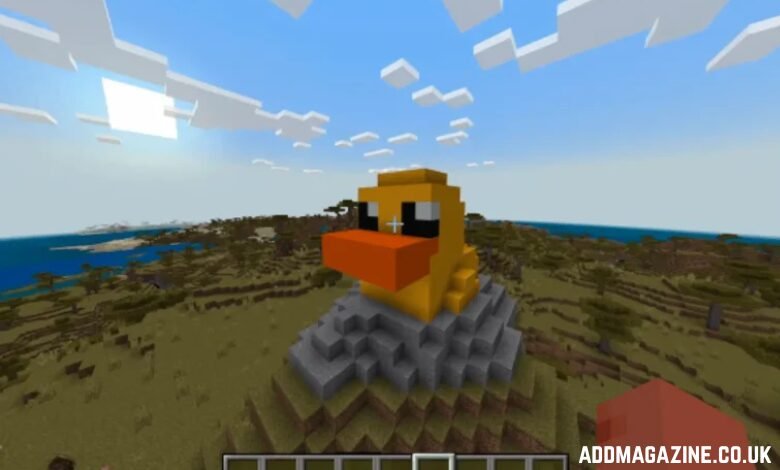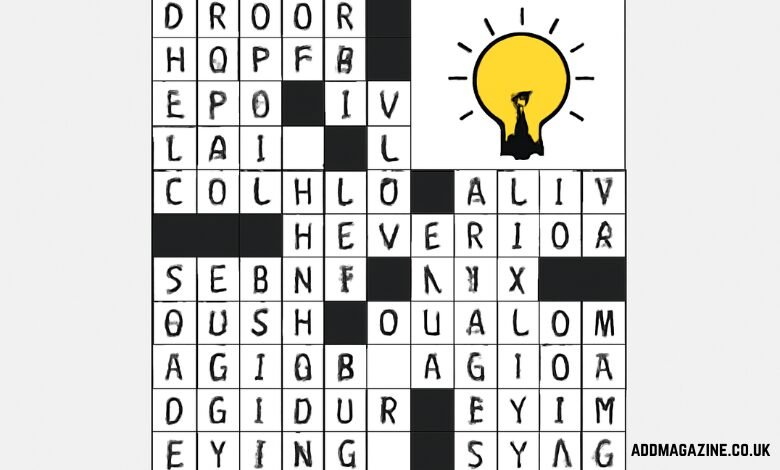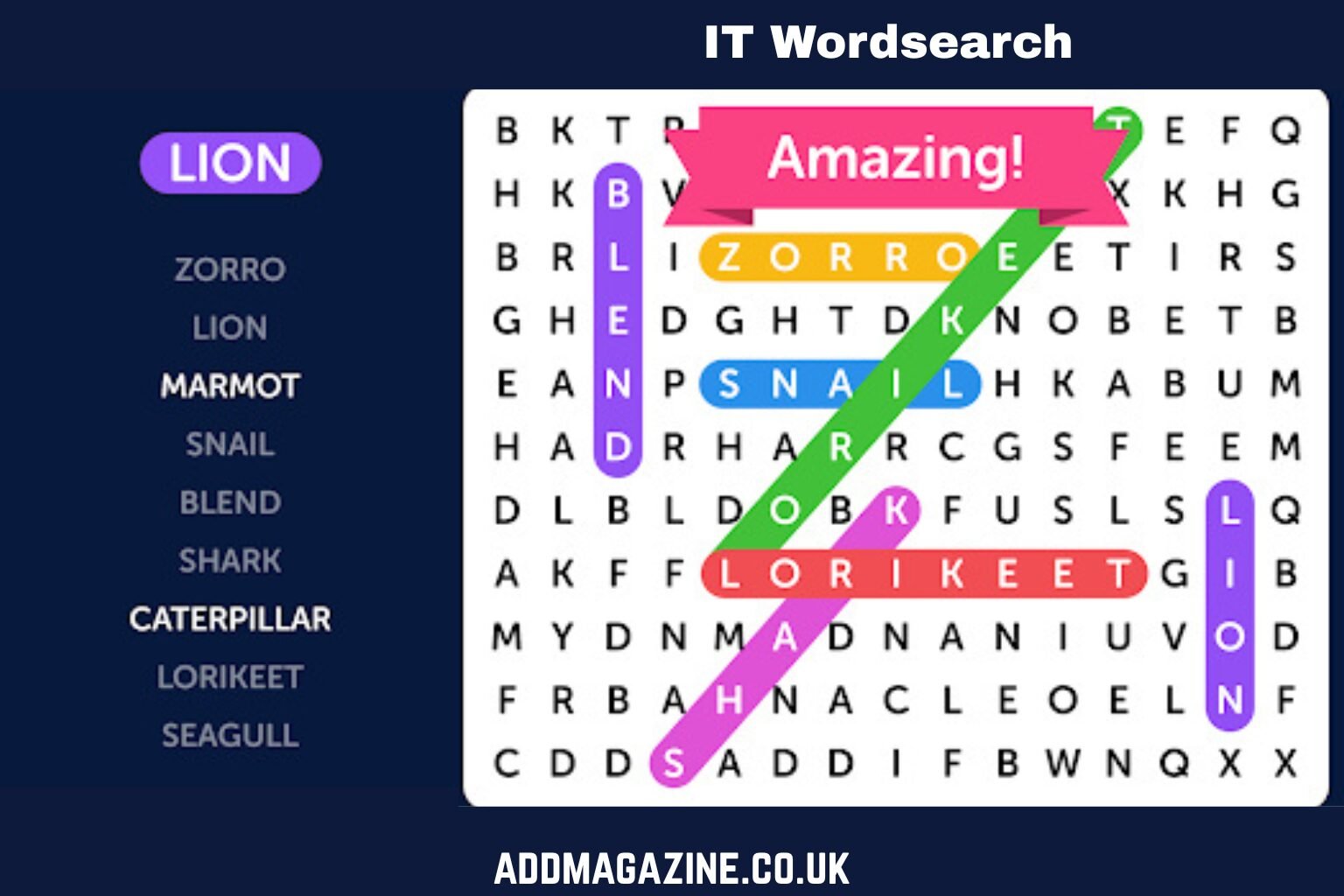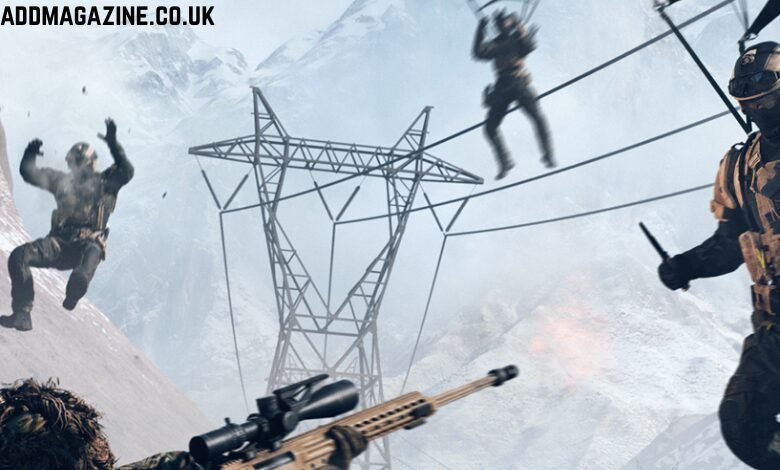If someone told you that a video game could teach you real-world skills like coding, design, teamwork, and even business strategy, you might think it sounds too good to be true. Yet, that’s exactly what Minecraft, one of the world’s most played and loved games, manages to do. Since its release in 2011, it has sold over 300 million copies and attracts millions of active players every month. Behind its blocky graphics lies a deep learning environment where players build, experiment, and collaborate, often without realizing how many valuable skills they’re developing.
Let’s explore the modern skills Minecraft quietly teaches its players, and why educators and companies around the world are paying serious attention to this virtual sandbox.
1. Creativity and Design Thinking
Minecraft is like digital Lego, but with infinite blocks and limitless ideas. Players start with nothing but a vast open world and a handful of resources. From there, they can design castles, cities, roller coasters, or even entire working computers inside the game. This freedom builds creativity, one of the most sought-after skills in today’s tech-driven world.
Schools have even begun using Minecraft: Education Edition to teach architecture and urban planning. Students learn about proportion, geometry, and spatial awareness by creating realistic structures. A classroom in Japan used it to design earthquake-resistant buildings, while a group in the U.S. recreated historical monuments to study history interactively.
This type of design thinking, solving problems through imagination and structure, mirrors what engineers and architects do in real life.
2. Problem Solving and Logical Thinking
Minecraft doesn’t hand you instructions. You must figure things out yourself. Whether it’s building a shelter before nightfall or crafting tools to survive, players constantly face challenges that require logical steps to overcome.
For example, creating a simple automated farm with Redstone circuits introduces basic engineering logic similar to how electrical systems work. Many young players unknowingly start understanding the fundamentals of coding logic, sequencing, and cause-and-effect through gameplay.
A 2024 survey from Code.org found that nearly 32% of kids who learned to code started through games like Minecraft, because they learned to “think like a programmer” while playing. This hands-on, trial-and-error process builds critical problem-solving abilities, a cornerstone of STEM education.
3. Collaboration and Teamwork
In Minecraft’s multiplayer mode, players rarely survive or thrive alone. Whether it’s constructing a massive city, exploring dangerous caves, or defending villages from monsters, cooperation is key. Players must communicate clearly, delegate tasks, and trust others to handle specific responsibilities.
These in-game habits mirror workplace teamwork. In fact, companies like Microsoft and Google have cited Minecraft as a tool that encourages collaboration and digital citizenship among young users. Working together to achieve common goals, managing shared resources, and resolving conflicts in creative ways help players build real-world interpersonal skills.
4. Planning, Time Management, and Resource Handling
Every Minecraft player understands the importance of timing and efficiency. You can’t build a massive fortress overnight, you need to gather wood, craft tools, mine for stone, and manage food supplies. This introduces strategic planning and resource management naturally into gameplay.
When students play in classroom settings, teachers notice improvements in how they organize their work and allocate time. A study by EdTech Research Group (2023) reported that students using Minecraft for project learning showed a 27% improvement in task organization compared to traditional activities.
In a world that increasingly rewards productivity and strategic thinking, Minecraft trains players to plan, prioritize, and execute, all without feeling like they’re “studying.”
5. Coding and Computational Thinking
One of Minecraft’s biggest modern contributions is in the field of computational thinking, breaking complex problems into smaller parts and using logic to solve them. With tools like Minecraft Education Code Builder, players can use programming languages like Python, MakeCode, or JavaScript to control their in-game actions.
For instance, players can code a virtual assistant to build walls, plant trees, or transport materials automatically. This introduces them to automation, a skill deeply linked to modern industries such as robotics, AI, and game development.
Coding through Minecraft doesn’t feel like coding at all, it feels like creating magic in a blocky world. That’s why many schools now use Minecraft to introduce kids to STEM (Science, Technology, Engineering, and Mathematics) concepts in a fun and approachable way.
6. Emotional Intelligence and Resilience
Minecraft teaches more than technical skills; it develops emotional intelligence too. When players lose their progress due to in-game risks, like lava, monsters, or poor planning, they learn resilience and patience. The game encourages self-correction, adaptability, and perseverance.
Every failure becomes a learning opportunity: “What went wrong? How can I improve next time?” This mindset is crucial in real life. Psychologists call this a growth mindset, and it’s proven to help individuals succeed in both academics and careers.
Moreover, cooperative play encourages empathy, understanding others’ perspectives and emotions. When players work together, they learn how to negotiate and handle disagreements respectfully.
7. Digital Literacy and Safe Online Interaction
In the connected world, being digitally smart is as important as academic skills. Minecraft servers expose players to online communities, where they must learn safe communication, privacy protection, and responsible digital behavior.
Parents and teachers often use Minecraft to teach cyber-ethics, such as avoiding scams, reporting harmful behavior, and creating positive digital identities. It helps players build a sense of responsibility online, a skill needed more than ever in the modern digital age.
8. Entrepreneurship and Leadership
Surprisingly, Minecraft also sparks entrepreneurial thinking. Players create servers, design in-game products, and even sell creative builds or skins. Some players have turned this into full-time careers. For instance, YouTubers like Dream, Grian, and Technoblade (legacy content) built massive audiences, some channels exceeding 30 million subscribers, simply by showcasing their creativity and leadership within the Minecraft world.
Running a server teaches lessons similar to managing a business: setting rules, balancing economies, and leading teams. Players who grow through these experiences often develop confidence, communication, and leadership traits that benefit them in the real world.
9. Modern Cross-Learning Example
To understand how modern gaming connects learning and entertainment, let’s consider an example. Some mobile adaptations, like Doraemon X APK, blend storytelling and adventure mechanics similar to Minecraft’s creative model. Games like these show how interactive environments can promote imagination, spatial reasoning, and emotional engagement among young players. Just as Minecraft turns problem solving into play, such titles highlight how digital worlds can shape valuable modern skills when used positively.
10. The Future: Minecraft as a Learning Ecosystem
Minecraft’s educational reach keeps growing. Universities use it to simulate biological systems and teach environmental science. NGOs use it to raise awareness about sustainability and urban development. Even the United Nations’ Block by Block initiative uses Minecraft to design real public spaces collaboratively with communities around the world.
In many ways, Minecraft has evolved into a digital learning ecosystem, blending technology, creativity, and teamwork. It’s not just a game anymore; it’s a platform for future innovators.
Final Thoughts
Minecraft proves that learning doesn’t always require classrooms or textbooks. Sometimes, all it takes is a pickaxe, a few virtual blocks, and a big imagination. The game introduces modern skills, from coding and teamwork to design and leadership, in ways that feel natural and enjoyable.
It reminds us that the best way to prepare for the future is to keep building, experimenting, and collaborating, just like in Minecraft’s endless world.
Whether you’re a student, a teacher, or just a curious gamer, remember this: every block you place is more than just part of a game, it’s part of your growth.




